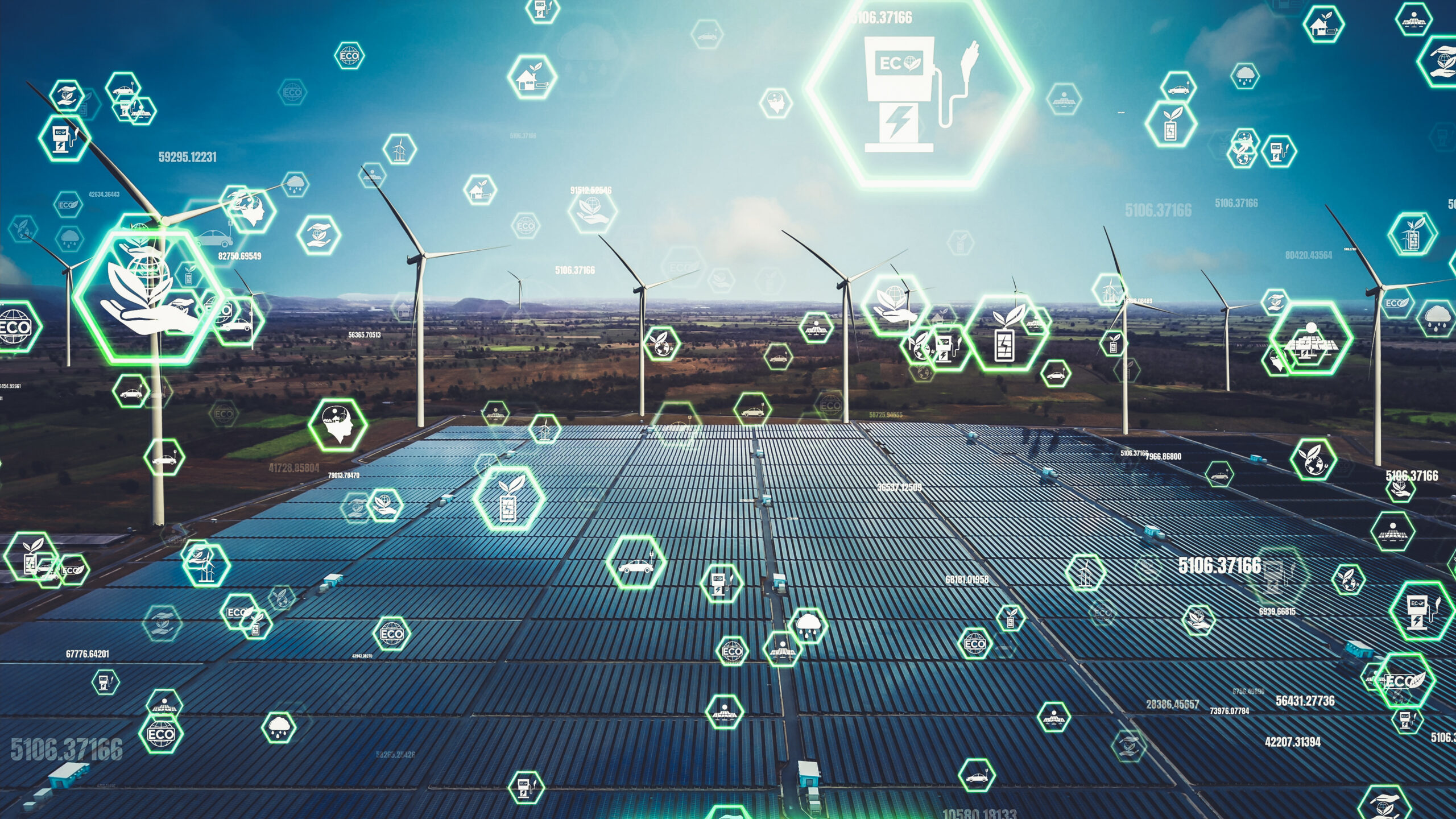By Tyler Pommier
As someone working at the crossroads of renewable energy and emerging technologies, I’ve seen firsthand how innovation is shaping the way we power our world. One of the most exciting—and important—advancements in recent years has been the integration of artificial intelligence (AI) into energy systems. It’s not just changing how we generate power—it’s transforming the entire grid from the inside out.
Here in the U.S. South, we’ve traditionally relied on legacy infrastructure and fossil fuels. But now, thanks to AI and smarter energy tools, we’re beginning to unlock the full potential of clean power. It’s an exciting shift—and it’s happening faster than many people realize.
Let me walk you through how AI is turning our energy systems from rigid and reactive to smart, adaptive, and efficient.
The Problem with Traditional Grids
Before we talk about how AI is making things better, it helps to understand the challenges we’re working to solve.
Our energy grid was built for a different era—one dominated by predictable, controllable power sources like coal or natural gas. These systems were designed to flow electricity one way: from big power plants to homes and businesses. But renewable energy doesn’t work that way.
Solar and wind are inherently variable. The sun doesn’t always shine, and the wind doesn’t always blow. That makes it harder to manage supply and demand in real time. On top of that, more people are becoming “prosumers”—generating their own solar power and feeding it back into the grid. It’s no longer a one-way street, and that creates complexity.
That’s where AI comes in.
Smarter Grids, Smarter Decisions
AI gives us the tools to make our grid dynamic. It can analyze massive amounts of data from weather reports, usage patterns, pricing models, and more—and make split-second decisions that humans simply can’t keep up with.
For example, if an AI system knows a cloudy day is coming, it can predict a drop in solar output and begin shifting energy from battery storage ahead of time. Or if it senses a surge in demand during a heatwave, it can optimize power flows to prevent outages.
The result? A more resilient and efficient grid that can handle the unpredictable nature of renewable energy without sacrificing reliability.
AI in Action: Real-World Examples
One of the most exciting things about this technology is that it’s already being used—right now.
- In Texas, some solar farms are using AI to track cloud movements and adjust power predictions minute by minute.
- In North Carolina, utilities are piloting AI-driven systems that automatically switch between solar, battery, and grid power depending on pricing and demand.
- And right here in Louisiana, we’re starting to see microgrids that use AI to manage neighborhood-level power distribution during hurricanes or blackouts.
These aren’t futuristic concepts—they’re real solutions that are making renewable energy more practical and powerful in everyday life.
Predictive Maintenance Saves Time and Money
AI isn’t just helping us manage energy flow—it’s also improving how we maintain and repair the infrastructure itself.
Wind turbines, for example, generate mountains of performance data. AI can scan that data in real time, detect small changes in vibration or heat, and flag issues before they lead to equipment failure. The same goes for solar inverters, battery systems, and grid transformers.
This kind of predictive maintenance helps avoid costly breakdowns, reduces downtime, and extends the life of our energy assets. It’s a smarter way to run a clean energy business—and it keeps costs down for consumers, too.
AI Empowers the Everyday Consumer
Another exciting benefit of AI is how it empowers people like you and me to take control of our energy use.
Smart thermostats, energy dashboards, and AI-driven home management systems are giving homeowners more control than ever. These tools can learn your habits, automatically adjust settings, and help you use less energy without thinking about it.
And as more homes install solar panels and battery storage, AI is helping optimize how and when that power is used or sold back to the grid. It’s turning homes into mini power plants—and AI is the brain behind it all.
The South Is Ready to Lead
Here in the South, we have immense potential for solar power, especially in states like Georgia, Texas, and Florida. We also have wide rural areas that are ideal for decentralized, AI-managed microgrids.
While some regions have been slower to adopt new tech, that’s changing. More Southern utilities, local governments, and private companies are embracing smart grid upgrades and AI-driven systems because they simply work better—and they’re often more affordable in the long run.
AI isn’t just a tech trend—it’s the foundation of a cleaner, smarter energy system. And the South is uniquely positioned to benefit.
What’s Next?
As we look to the future, the role of AI in renewable energy will only grow. We’re going to see smarter forecasting tools, better integration with electric vehicles, and even more advanced automation at every level of the energy supply chain.
But we can’t stop at the technology. We also need strong policies, local investments, and public understanding to fully take advantage of what AI can offer. The good news is that momentum is building—and the results speak for themselves.
Final Thoughts
For me, renewable energy has always been about possibility—the chance to build a system that’s cleaner, fairer, and more resilient. AI doesn’t replace people in that mission, but it helps us do more with less. It helps us move faster, make better decisions, and stretch our resources further.
In a time when energy needs are growing and the climate is changing, AI is helping us turn the grid into something greater. From the Gulf Coast to the mountains of Appalachia, this technology is helping power a better future—one decision at a time.
And I’m proud to be part of the journey.
